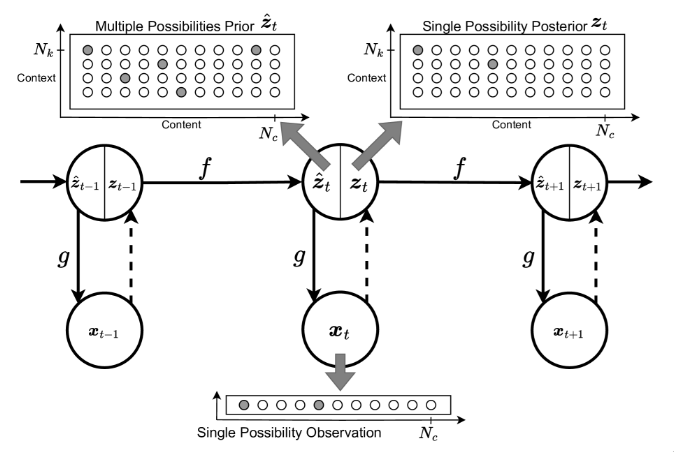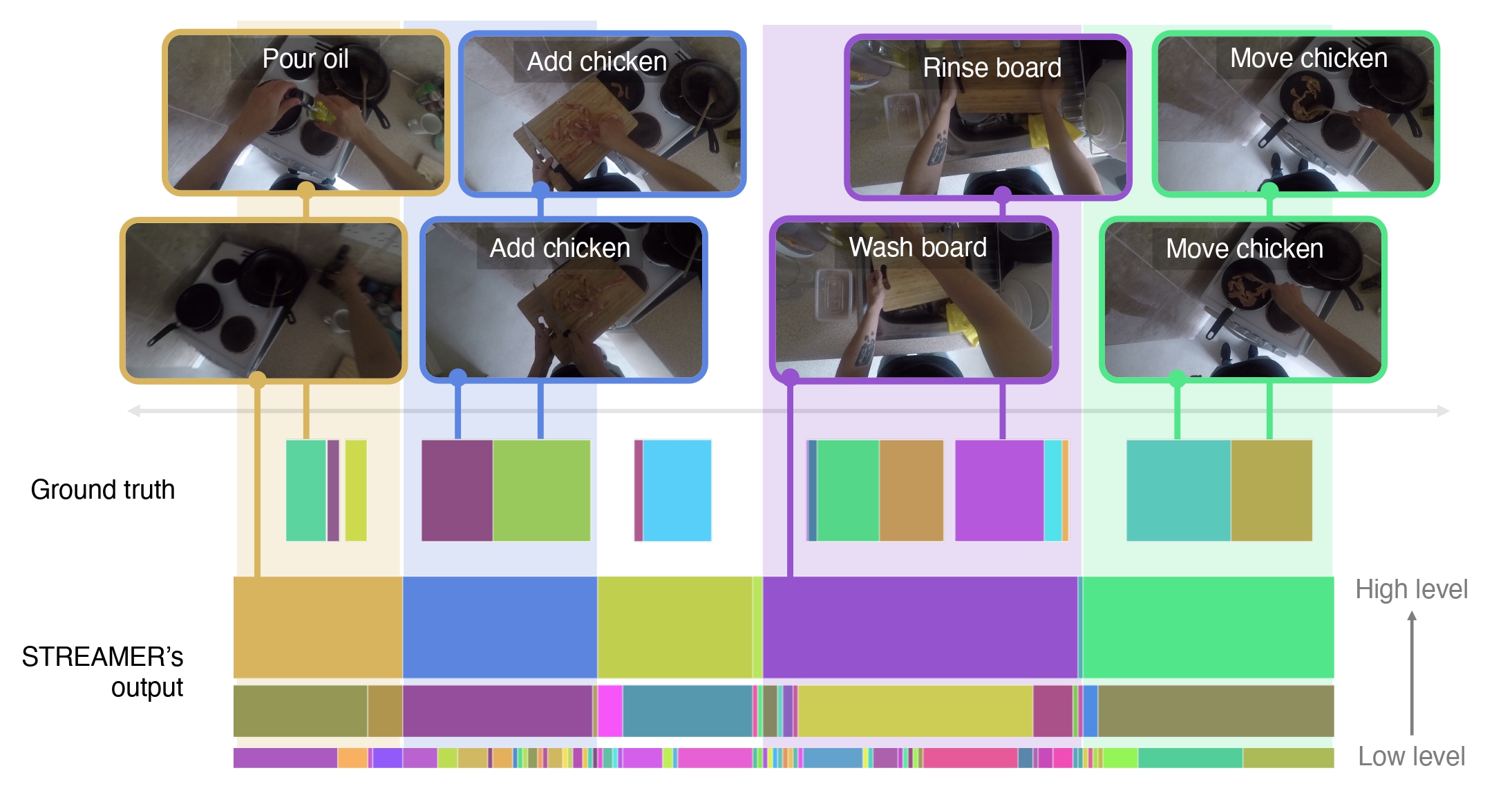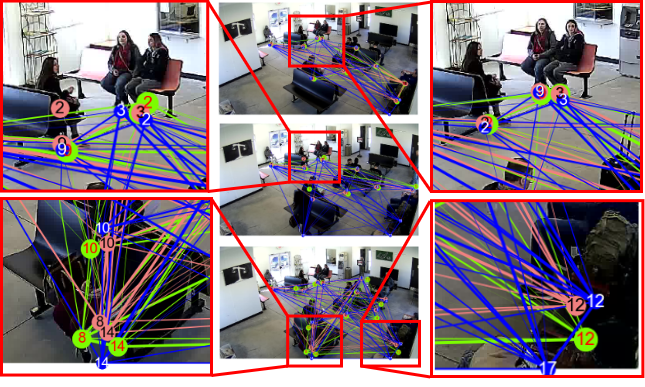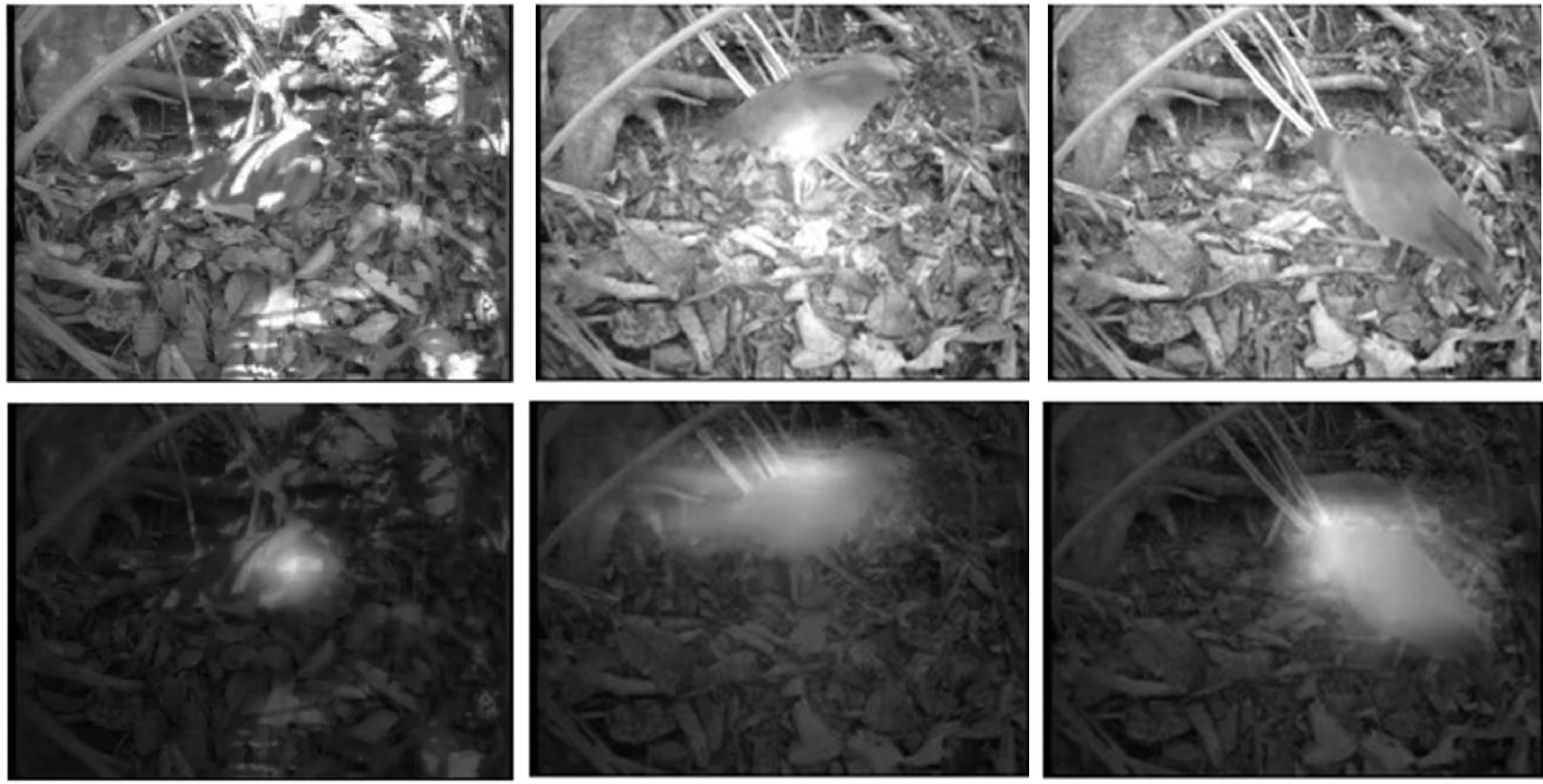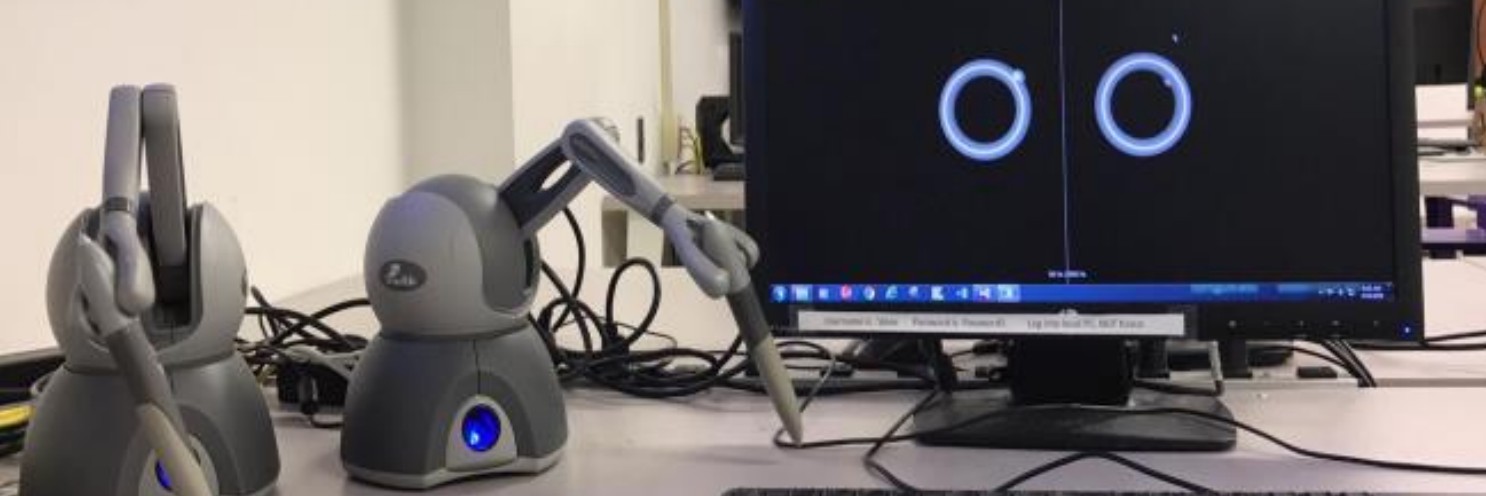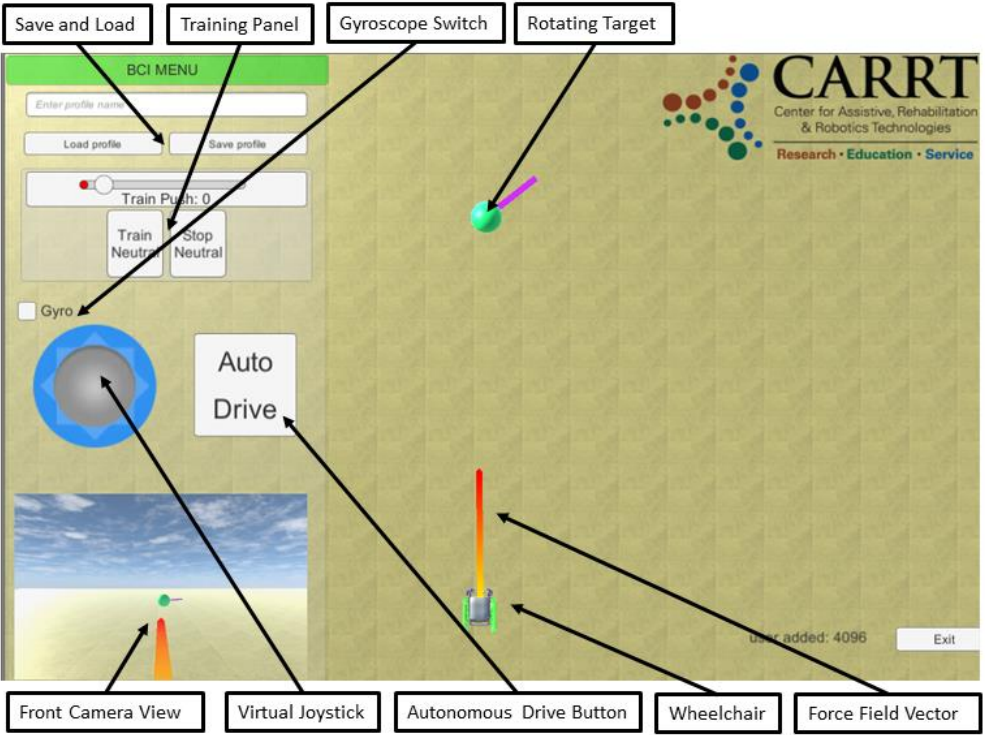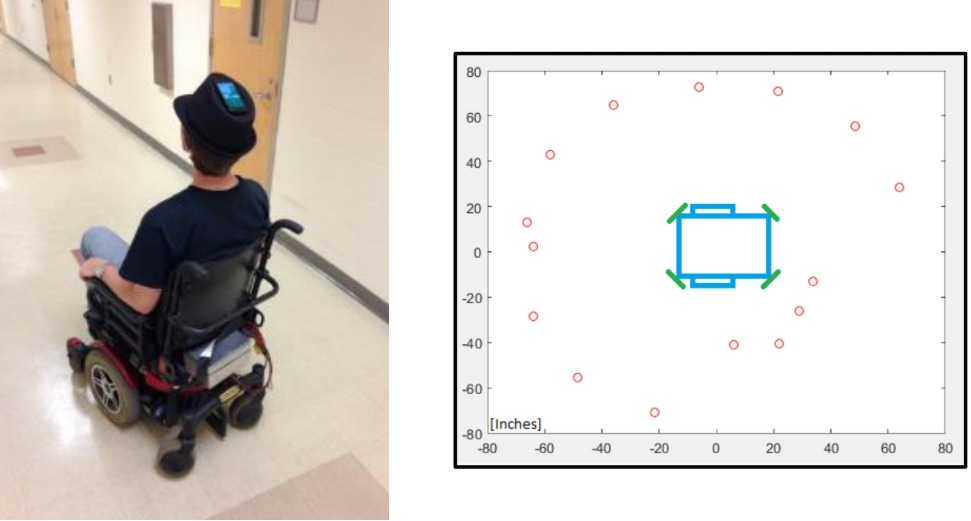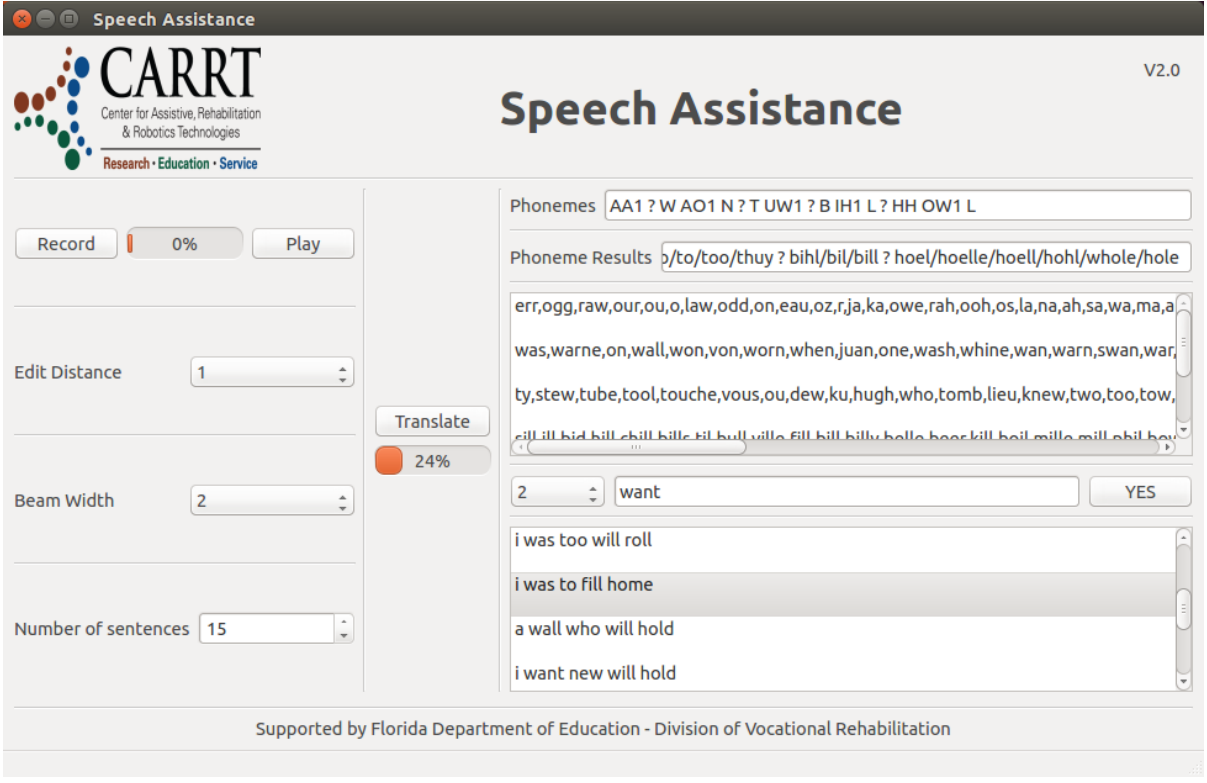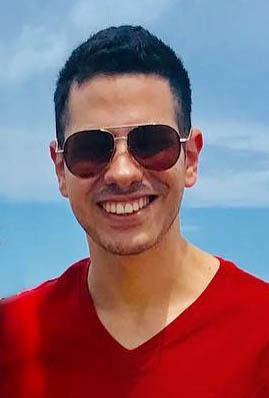
Ramy Mounir
Researcher at Thousand Brains Project
Redwood City
San Francisco, CA 94063
Email: rmounir (at) thousandbrains (dot) org
I received my Ph.D. in Computer Science and a Master’s degree in Mechanical Engineering from the University of South Florida, specializing in online compositional learning, biologically inspired perception, and robotics. My research focuses on the learning principles of the brain and the mechanisms underlying perception, reasoning, and prediction. I am currently a researcher on the Thousand Brains Project, where we build neuroscience-inspired intelligent machines by reverse engineering the neocortex.
Interests include Computer Vision, Multimodal Perception, Hierarchical Representation Learning, Neuroscience and Cognitive Psychology.

